17. Miss Zombie (Sabu, 2013)
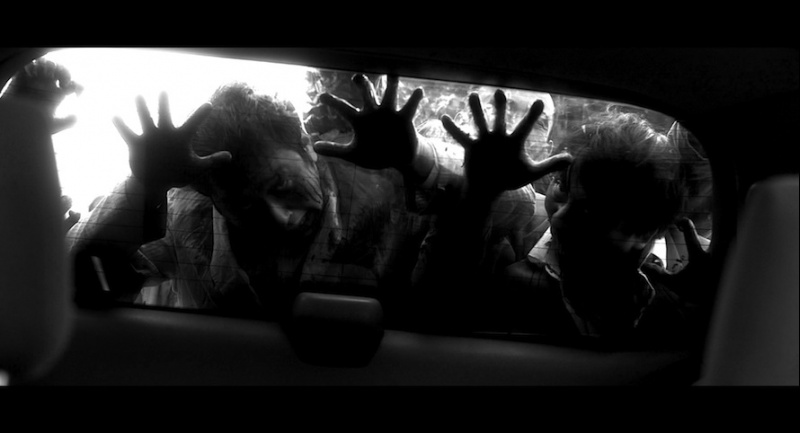
In a world where zombies have become pets, a cage with one of them arrives in Dr. Teramoto’s house. Her guidelines mention that her name is Shara and that she should not be fed meat, just fruit and vegetables.
Shizuko, the doctor’s wife, who he does not seem to appreciate, orders her to scrub the courtyard and feeds her rotten food, a practice repeated every day. Additionally, Shara’s daily routine also includes a gang of youngsters that attack her every day and Kenichi, the youngest son of the family, who constantly takes pictures of her.
Eventually, a few issues arise. The courtyard does not seem clear up, one of the family bodyguards rapes Shara (which arouses similar desires to the doctor), and Shizuko forces the zombie to turn Kenichi into a zombie to save him after a mortal accident.
Sabu’s film differentiates because he presents an everyday life that simply includes zombies, instead of the usual attack to humans. Additionally, he directs a minimalistic movie in pace, image and sound, whose aesthetics are similar to the ones of the art house films.
The extremity in “Miss Zombie” lies with its two female protagonists. Ayaka Komatsu as Shara manages to manifest overwhelming sexuality under her grotesque appearance and is equally impressive upon her transformation from a weak-minded marionette to a character moved by altruism and love. Makoto Togashi as Shizuko presents a constant sense of evil and violence, just by her facial expressions and her body stance. Her transformation to a hysteric mother is equally sublime.
16. Light Shines Only There (Mipo Oh, 2014)
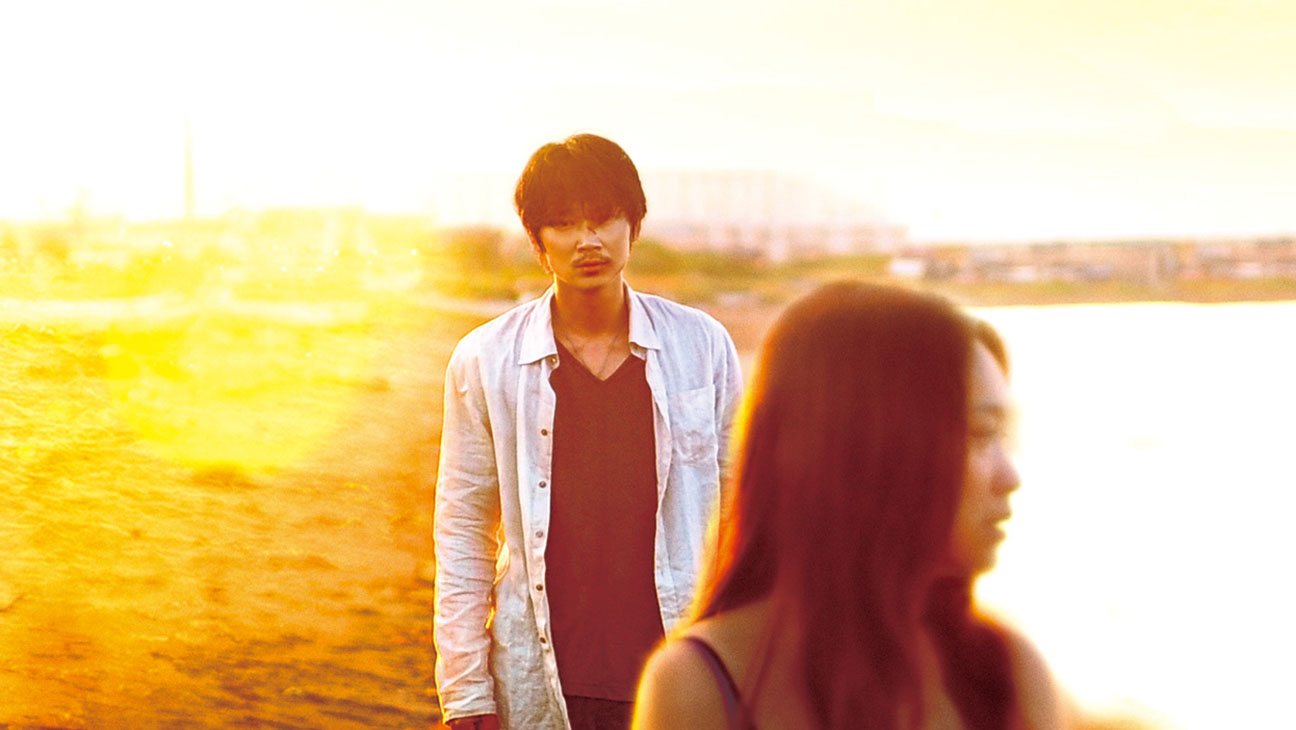
Kinema Junpo’s number one film for 2015 is a production that is tragic from the outset, since the author of the novel the film is based upon, Yasushi Sato, committed suicide a year after writing the book in 1990.
Tatsuo Sato is a former explosion specialist who has abandoned his work due to an accident and currently roams the streets playing pachinko and drinking in bars. In a pachinko parlor, he meets Takuji Oshiro, a slightly naive young man who takes him to his home, a run-down shanty near beach, in order to make him dinner. Takuji leaves there with his mother, his paralytic father, and his sister Chinatsu.
Almost immediately, an attraction is formed between girl and visitor, although the situation is not simple at all. Chinatsu works as a prostitute in a bar to provide for her family, and also carries a relationship with Nakajima, who has employed her brother as a favor to her. Furthermore, Takuji has stabbed a man some years ago, and is on parole, with Nakajima being the guarantor.
The film is a great sample of contemporary indie cinema, being cruelly realistic in its presentation, with the tactic finding its apogee in the depiction of the paralytic father who still has sexual desires. The poor neighborhoods near a port in Hokkaido, where the story takes place, play their role in the setting, being as decayed as the main characters. Apart from that, minimalism, slow pace, great attention to detail, and some sex scenes (which have become virtually non-existent in the productions of the big studios) form the backbone of the film, which also features a great finale, which justifies the title perfectly.
15. Pale Moon (Daihachi Yoshida, 2014)
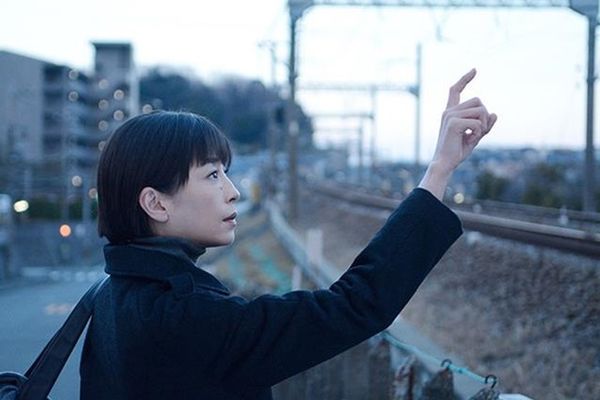
Based on the novel “Kami no Tsuki” by Mitsuyo Kakuta, the film tells the story of Rika Umezawa, a timid woman in her 40s who lives with her husband, although they do not have any children. She works part-time at a bank doing house calls to sell bonds and other banking products and, in general, lives an utterly conventional life. However, once she convinces Kozo Hirabayashi, a slightly perverted older rich man, to buy a very expensive bond, her life changes radically.
The people in the bank start to appreciate her more, while she meets Hirabayashi’s grandson, Kota, with whom she strikes an affair, after he pursues her relentlessly but briefly. Frustrated by her self-centered husband’s ignorance and non-appreciation for her, he lets him go by himself to Bangkok, where he is offered a job, and she proceeds in indulging every wish her young lover has, by embezzling money from her clients and the bank.
The film is set in 1994, shortly after the burst of Japan’s economic bubble, where banks were desperate to attract new clients, with house calls being a regular tactic toward that cause. The depiction of that era and the way the banking system worked, mostly with handwritten material instead of computers, is very realistic, and provides a logical frame for a low-employee to embezzle all that money. This realism extends to the way the employees function in the highly antagonizing finance world, with intrigues, secrets, and the higher-ups taking advantage of those below them in the hierarchy, even for sexual reasons.
This realism benefits the most by Makoto Sigma’s cinematography, who did a great job of depicting the era, both in interior scenes like the ones inside the various houses and the bank, and in the exterior ones. He also presented some great images, like the one in the subway between Rika and Kozo. The way he makes the spectator understand that Hirabayashi is lusting after Rika is also as impressive as it is subtle, with brief shots of her slightly showing her legs.
14. The Great Passage (Yuya Ishii, 2013)
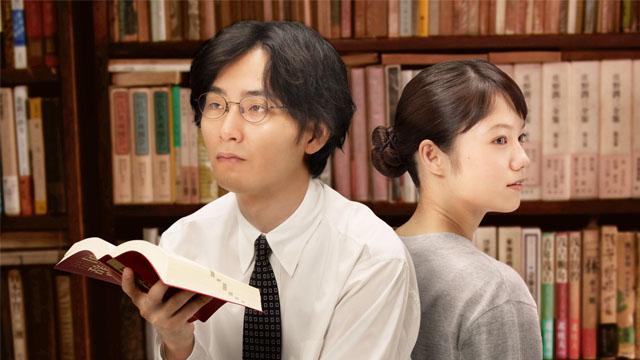
“The Great Passage” was the film that most of the Japanese film competitions selected as the best for 2013, and the official selection for the Best Foreign Language Film Oscar. Based on the bestseller by Shion Miura, the film focuses on the creation of a dictionary, a truly difficult profession.
In 1995, Mitsuya Majime, a salesman with a degree in languages and very few social skills, is working in the sales department of Genbu books. When Kouhei Araki, the man in charge of the vocabularies department in the company, decides to quit to take care of his sick wife, he chooses Majime as his successor. The department is tasked with creating a new vocabulary, with the titular name, with the purpose of being “live”, including all contemporary words and slang.
Although the task is humongous and the time very much needed, Majime throws himself completely into his work, under the supervision of Tomosuke Matsumoto, and with the help of the talkative Masashi Nishioka and the other employees of the department. In order to accomplish his task, Majime is forced to get out of his shell, and he eventually falls in love with Kaguya Hayashi, the granddaughter of his proprietor.
Yuya Ishii directs a genuinely Japanese film, in theme, style and pace, in the very difficult task of making the compiling of a dictionary into an entertaining movie. The fact that he succeeds in presenting a number of very interesting scenes in the world of vocabularies, which is filled with tabs and excel sheets, is his biggest accomplishment.
Inside the rapidly changing setting of the 90s, with the explosion of youth culture through video games, mobile phones and the Internet, Ishii manages to present the traditional Japanese values (patience, dedication, diligence, teamwork and the respect towards the elders) in the most appealing way.
13. Like Father, Like Son (Hirokazu Koreeda, 2013)
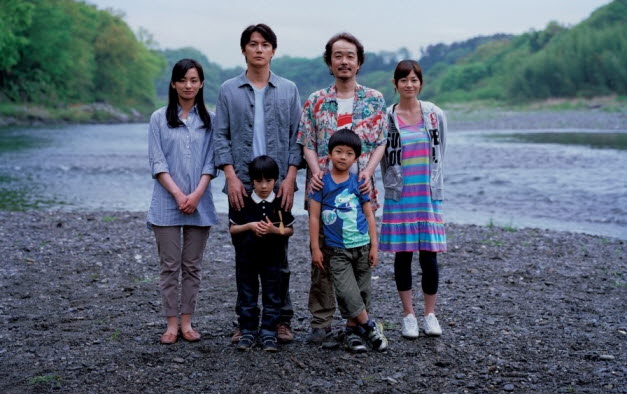
Another gem from the contemporary master of the genre, “Like Father, Like Son” was also a great success at the Japanese box office, netting the 10th spot in 2013.
Two families, the Nonomiyas of the big bourgeoisie and the Saikis of the petit one, are informed that, during their infants’ stay at the hospital’s maternity ward six years ago, a nurse mixed up the two boys, thus resulting in them being in the care of the family of the other. Both of the families are now standing against having to switch their children after investing so much in them.
The film then progresses on pinpointing the differences between the two families, presenting them in a kind of ironic way. The Nonomiyas live in luxury, in a prestige flat, and they raise their child with the sole purpose of becoming a successful businessperson, according to the will of the father, Ryota. On the other hand, the Saikis live with their two other children in an old and small house, where Yudai’s shop is also situated, and they retain a generally loose life theory without many rules.
The parents, having to confront the inevitable, decide that each child has to spend some weekend time with his actual family, in order for the transition to be as smooth as possible for everybody. As time passes, some difficulties surface, since the Saikis, although poor, seem to be better at parenting, particularly compared to Ryota, who is absent due to his work.
Yudai, on the other hand, spends plenty of time with his kids, thus making them very happy. However, he is somewhat irresponsible, mostly concerning his professional and financial situation.
Hirokazu Koreeda, who also wrote the script, brings two subjects into focus. First, the class difference that still exists at large in the urban environment of the Japanese metropolis and the effect that it has in the upbringing of children; and second, he presents a question about the component that makes a man feel like a father. In order to demonstrate these two topics, he uses the two male leads, almost exclusively, while the women and the kids have distinct secondary roles.
12. 13 Assassins (Takashi Miike, 2010)
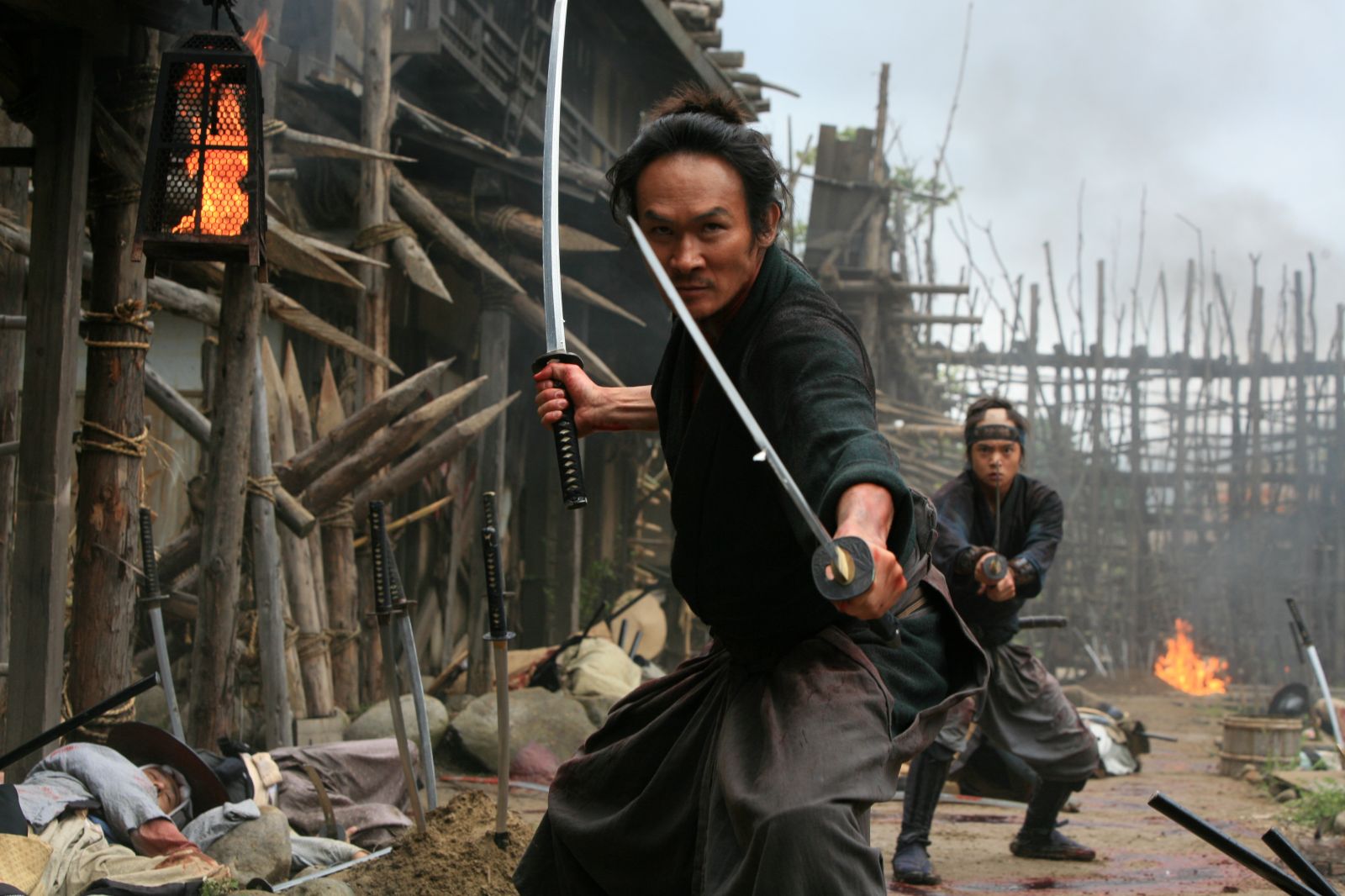
In 2010 and 2011, this prolific filmmaker shot two remakes of the most distinct samurai films of the 60s – “13 Assassins” and “Harakiri”, both of which are amongst his foremost accomplished and celebrated works. “13 Assassins” netted him the Best Director Award from the Nikkan Sports competition, amongst a plethora of other local and international awards.
In Japan in 1830, young lord Matsudaira Naritsugu acts in an exceedingly violent fashion, murdering infants, raping and mutilating women, and killing citizens without any apparent reason. However, he is protected because he is the son of the previous shogun and a brother to the current. An elderly lord, Doi Tashitsura, assigns a trustworthy samurai, Shimada Shinzaemon, to organize Naritsugu’s murder.
Subsequently, Shinzaemon enlists 10 additional samurai and his nephew, Shimada Shirokuro; altogether, they scheme to ambush Eiichi and his 70 soldiers on their return from Edo. On their journey, they meet a hunter, Kiga Koyata, who becomes the 13th assassin.
Miike took the former film and added violence, blood, and slapstick humor (the scene with the mayor is preposterously hilarious), thus transforming it into his own unique style. The movie is split into two parts: the initial one has almost no action, apart from Naritsugu’s violent acts that are shot in Miike’s typically extreme fashion; the second is filled with impressive battle scenes, where the large budget of the film becomes obvious.
Koji Yakusho is wonderful as always in the role of Shimada Shinzaemon, despite the fact that he acts in the fashion of the protagonists of the samurai films of the 60s, with grandiloquence and intense theatricality.
11. Destruction Babies (Tetsuya Mariko, 2016)
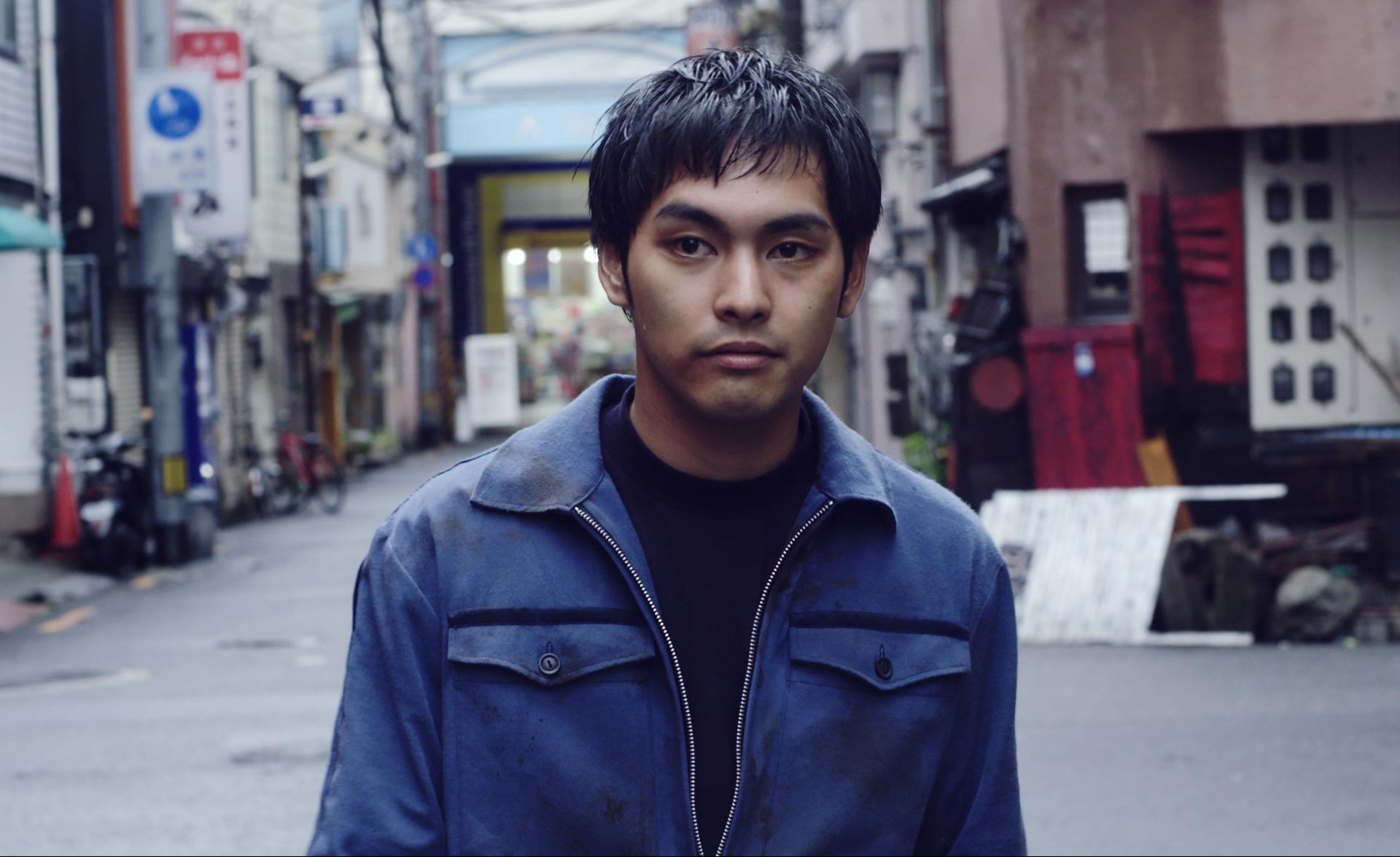
The film starts in Mitsuhama, a small port in the west of Ehime prefecture where two brothers are living, abandoned by their parents. The younger is named Shota and seems like a regular high-school boy, and the second is Taira, a delinquent who is introduced through a fight with the local gang – he against a half-dozen, that is.
Almost immediately after the fight, and a little before the mikoshi (portable shrine) festival, Taira leaves and embarks on a trip of blind violence through the streets of the city, where he picks fights with anyone that comes his way, including the members of the local gang who run a hostess club.
Taira wanders tirelessly in the streets, being beaten, but always returning to win against his opponents. Eventually he meets Yuya, a high school brat who is intrigued by his behavior and decides to follow him, even starting to give him orders regarding his opponents. As their fights start to circulate through the internet, Shota tries to find his brother, while Nana, a shoplifter and a hostess at the aforementioned club, gets involved with the violent duo, with terrible consequences.
The way Tetsuya Mariko directs the film is quite hard to believe, as Taira goes from street fight to street fight, in a loop that seems to make him stronger each time it’s repeated. Apart from his first victim, though, the rest of his opponents somewhat deserve it, since they include yakuza and two brats with dyed blond hair who decide to make fun of him. This endless fighting could become tedious, but Mariko’s direction and Yuya Yagira’s magnificent silent acting make it very hard to look away from the screen.
10. Godzilla Resurgence (Hideaki Anno, Shinji Higuchi, 2016)
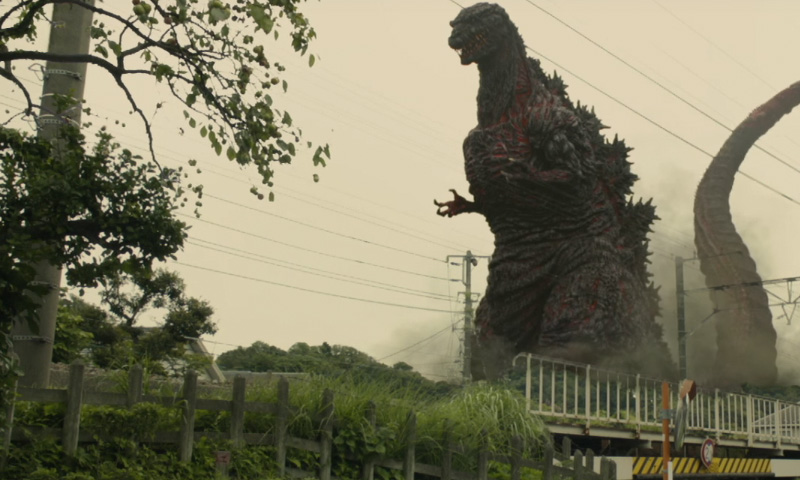
The film follows the regular script of the franchise, as an unknown, gigantic creature appears in Japan from the sea, wreaking havoc as it moves through Tokyo. The Japanese government is tangled in the nets of bureaucracy, and the top officials, including the Prime Minister, are reluctant to act. Furthermore, they soon realize that the creature, now named ‘Godzira’ (the Japanese version of the name), is emitting radiation, and that it is transforming, becoming even bigger in the process.
Eventually, Rando Yaguchi is put in charge of a special task force to investigate the creature and find ways to stop it. The initial attacks by the JSDF have no effect on it, while the US government, which seems to have its own agenda, sends Kayoko Ann Patterson as a special envoy to deal with the situation. As a nuclear attack falls on the table, Yaguchi and his team must find a way to stop Godzira before the catastrophe spreads all over Japan.
Hideaki Anno directs a very different Godzilla movie, with the help of Shinji Higuchi, who is also responsible for the outstanding special effects. The film has a very fast pace and very sharp editing, as the setting changes constantly, and the presentation looks like a news forecast on TV. In that fashion, and by presenting the consequences first, Anno manages to build the tension before the monster appears.
Furthermore, through the transformations (each one is more impressive that the last), he manages to retain the agony for quite some time. In that fashion, when Godzilla eventually appears in its full form, the impact is huge. The special effects team did superb work on both the design and the movement of the monster, while the destruction scenes are more impressive than ever.
9. 100 Yen Love (Masaharu Take, 2014)
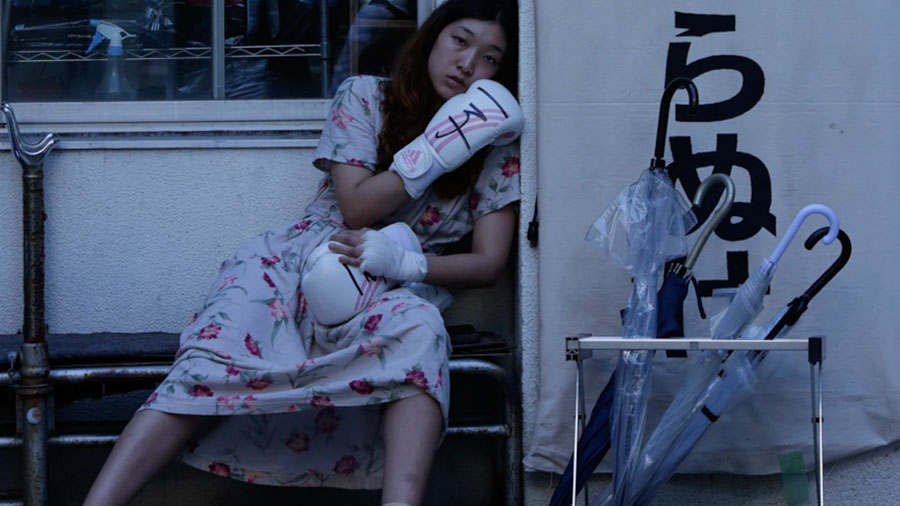
Another splendid sample of Japanese indie cinema, “100 Yen Love” depicts, with raw realism, the contemporary life in the metropolis of the country, which is chiefly characterized by alienation and solitude.
Ichiko is a 32-year-old living with her parents in the first floor of the bento they own, while recently, her sister has also moved there with her son, due to her recent divorce. Ichiko is a true slob, spending her time playing video games with her nephew, not helping in the shop whatsoever, both facts that constantly infuriate her sister. Moreover, even if her character is flawed, her appearance is even worse, since she is permanently uncombed and unkempt, to the point of usually looking like a homeless person. During a fight between the sisters, matters gets out of hand, and the two of them wind up wrestling on the floor.
Eventually, Ichiko is forced to move out of the house and subsequently finds a job in a supermarket in the neighborhood. While there, she meets a plethora of peculiar characters: an obnoxious colleague; the director of the shop, who is overly meticulous; a homeless woman who used to work there, though now she visits only to steal expired lunches; and Banana-man, a shy person who trains as a boxer in a nearby gym and only buys bananas.
An attraction is quickly established between the latter and Ichiko, that although it initiates as something sweet and affectionate, eventually it is interrupted, chiefly due to a number of tragic incidents where her obnoxious colleague is directly involved. Subsequently, Ichiko, who lingers between rage and bitterness, decides to pick up boxing.
Masaharu Take, the director, presents a film that though it initiates as a tragic family drama, eventually it is remodeled into a social drama, attempting to demonstrate the ugly perspective of contemporary Japanese society – family troubles; dysfunctional relationships among individuals, either occupational or romantic; and lastly, the fear of solitude that can drive a person to adopt extreme measures.
His characters are all tragic, each in their own way, but not all of them realize the fact. Those who do, chiefly Ichiko, wind up being victims of the rest. Furthermore, even the latter’s life is in a permanent mire, an unending cycle, without any hope for improvement.